I thought I knew Aberdeenshire pretty well but when a friend mentioned ‘Keith’s Tower’ near Drumoak, I had to admit I’d never heard of it.
Right enough, the tower is marked on maps, and so when I was in the area recently, I decided to check it out.
I left my car in a layby near Park Bridge – which has been closed to traffic since structural defects were found in 2019 – and started marching back up the road towards Durris.
Peering through gaps in a high hedge I spotted a cottage, its doors and windows gaping wide open to the elements.
I couldn’t resist a wee snoop – I’m drawn to the abandoned and derelict like a moth to a flame.
Derelict cottage near Keith’s Tower
The house is in a sorry state, with much of its roof collapsed and its interior having been trashed and graffitied.
There’s not much to see inside, apart from this ‘artwork’ courtesy of vandals, and a couple of old fireplaces.
Nature has reclaimed the cottage, and ivy is king, its tendrils hooked into just about every nook and cranny.
Ferns too grow here in abundance – the damp environment offers ideal growing conditions.
But of course the decaying building is a risky place to be. There’s a high chance that crumbling masonry could crash onto your head, and you could very easily stick your foot through a rotten floor. So I wouldn’t recommend going in.
Leaving the cottage, I turned back onto the road and walked through a gate which led onto a sheltered woodland pathway.
Gothic style tower
It didn’t take long to spot Keith’s Tower. Set in a circle of pine trees, the octagonal tower, built in a gothic style, is about 50 feet high with ornate battlements.
It’s certainly an impressive looking folly, overlooking Park Bridge, the River Dee, a trout loch, and the rolling Aberdeenshire countryside.
The windows have been bricked up but I was able to easily enter via the doorway and huff and puff my way up the winding 62 steps (if I counted correctly) to the top.
After the first few steps, I found myself plunged into darkness, so my torch certainly came in handy.
Near the top, I popped out into the light, and the views through a semi-bricked window were sensational.
The tower is not for those with a fear of confined spaces or heights, but I enjoyed my wee explore and would recommend a visit, even if just to view it from ground level.
It’s a secluded, peaceful spot, and you’re likely to have it all to yourself, although I did encounter two teenage lads heading towards it as I made my way back to the car.
So what’s the story behind Keith’s Tower?
In 1824 – 200 years ago – Durris became the property of the Gordon family.
The estate had been leased to John Innes of Leuchars, near Elgin, and he objected to the termination of his lease, especially as he had carried out extensive improvements.
After a lengthy and expensive lawsuit, Innes was removed from the land, and virtually ruined.
To celebrate their victory over him, the Gordons built the octagonal tower in 1825. Poor old Innes!
Who then, was Keith?
It seems to have been called Keith’s Tower over the years, in reference to a battle which took place nearby in the early 1400s between the Keith and Irvine of Drum clans.
I suppose that sounds a bit more impressive than winning a lawsuit.
The skirmish in question was the Battle of Drumoak, also known as the Battle of Keith’s Muir.
It was fought between the two clans in 1402 on a moor on the north bank of the River Dee, now known as Keith’s Muir.
The Irvines were victorious and drove their enemies across a deep, rocky part of the channel known as Keith’s Pot where many of them drowned.
The leader of the Keiths is said to have made it to a rock protruding above the water line but was killed by the Irvine clan’s arrows. The rock is now known as The Keith Stone.
Park Bridge
Before I left this tranquil area, I took a wee stroll down onto Park Bridge and peered over the parapet into the swirling waters.
Built in 1854, the bridge, which links Drumoak and Durris, was designed by engineer John Willett, and its ironwork was manufactured by James Abernethy of Aberdeen.
It was closed to traffic abruptly in February 2019 after a routine inspection revealed major structural issues.
Villagers have been forced to make a 16-mile round diversion via Crathes if they want to drive across the Dee, putting a strain on local businesses and families alike.
Following the closure locals pleaded with Aberdeenshire Council to restore the vital link, petitions were launched and the Park Bridge Action Group (PBAG) was formed.
In 2021, the council earmarked £750,000 to restore the structure, but only for “active travel” – for walkers and cyclists.
The council recently hired an external company to do a structural assessment, which found the bridge is only capable of carrying pedestrians and cyclists in its current state.
However, the report says that the bridge could be reopened to light traffic – if it is strengthened.
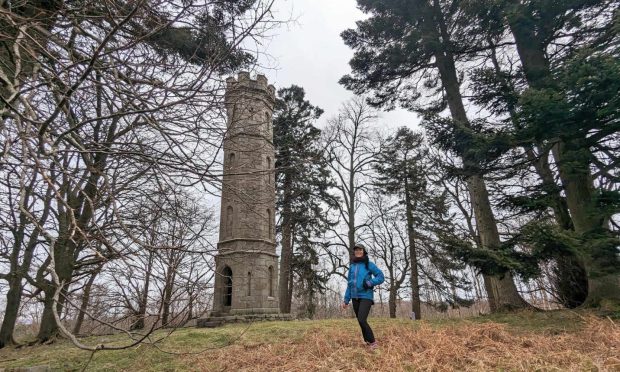

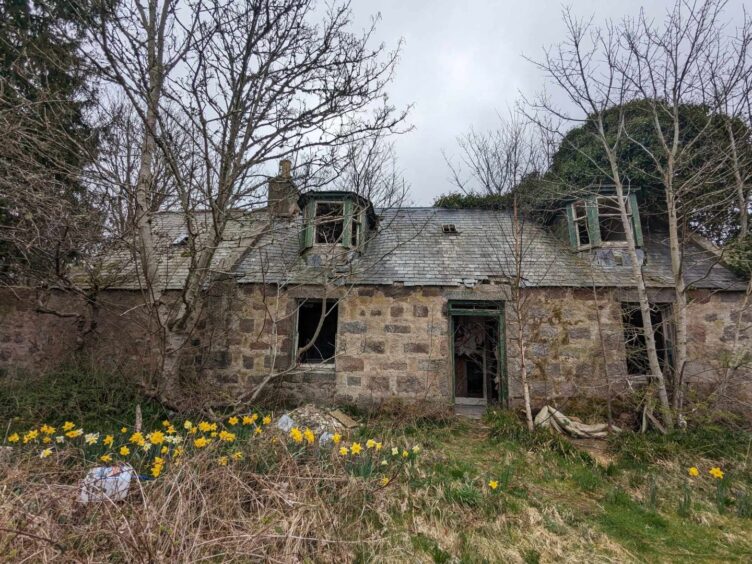
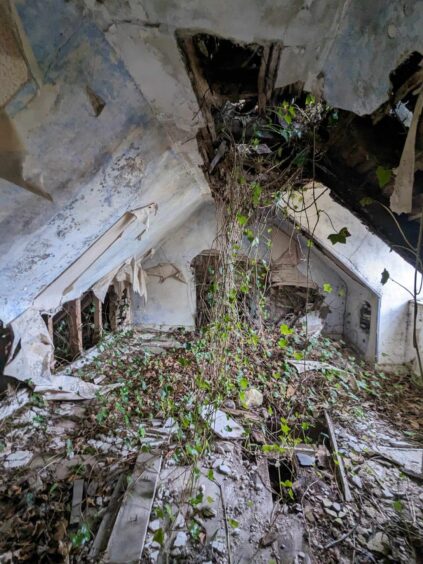
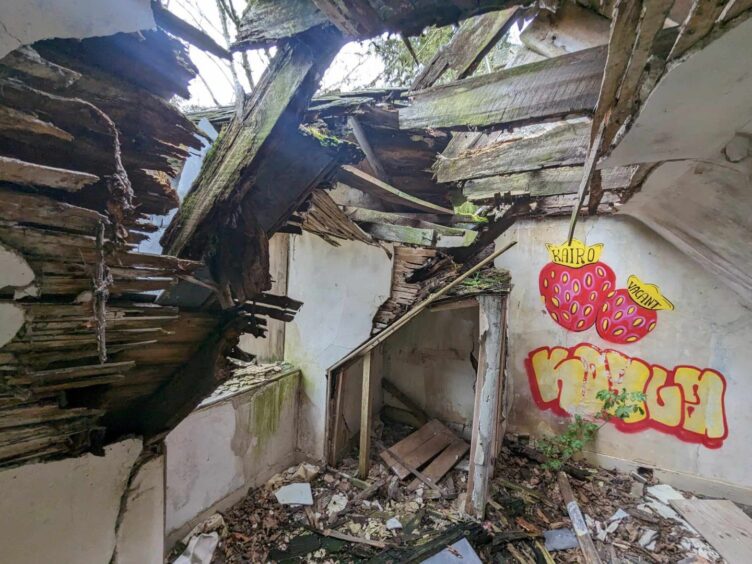
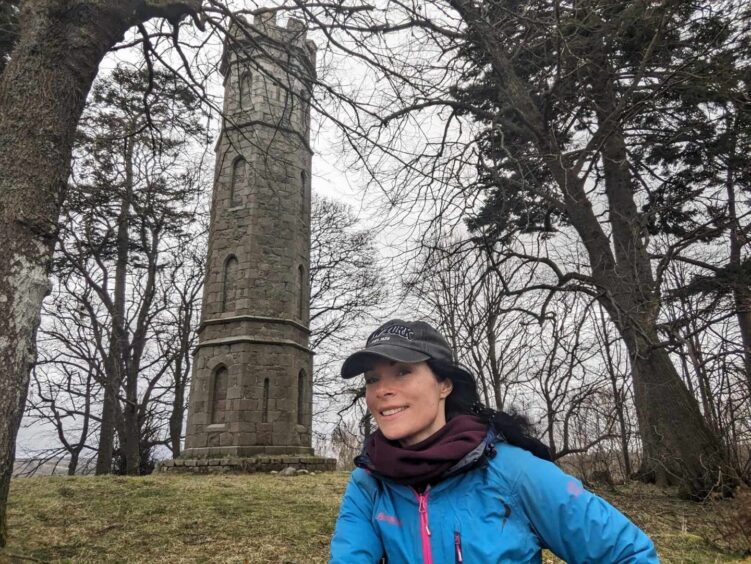
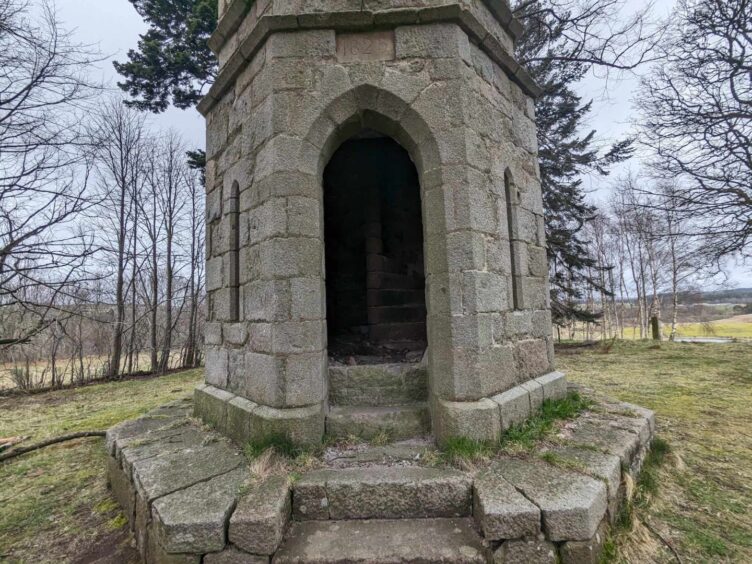
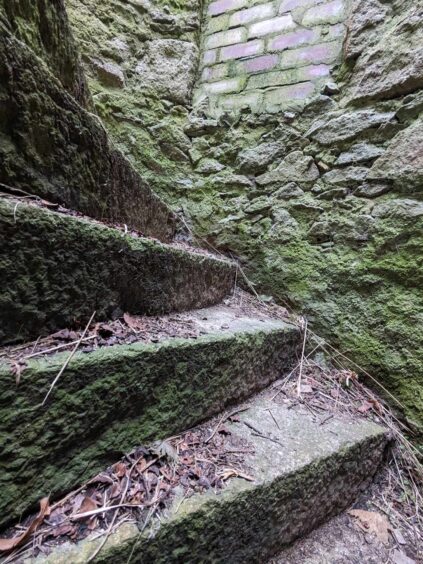
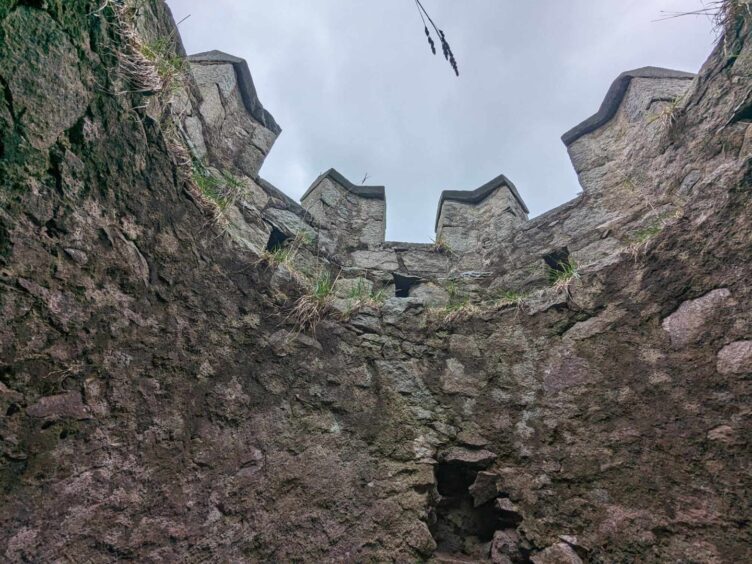
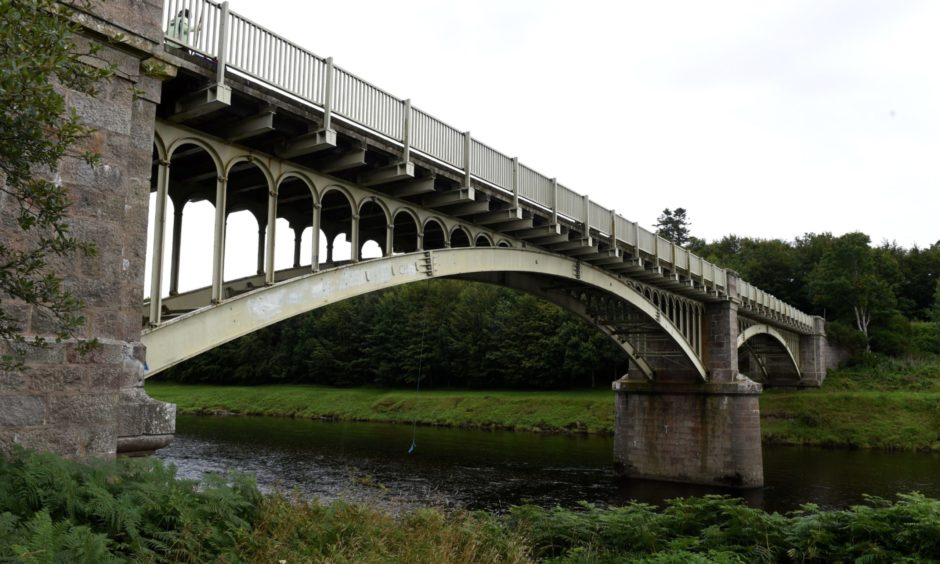
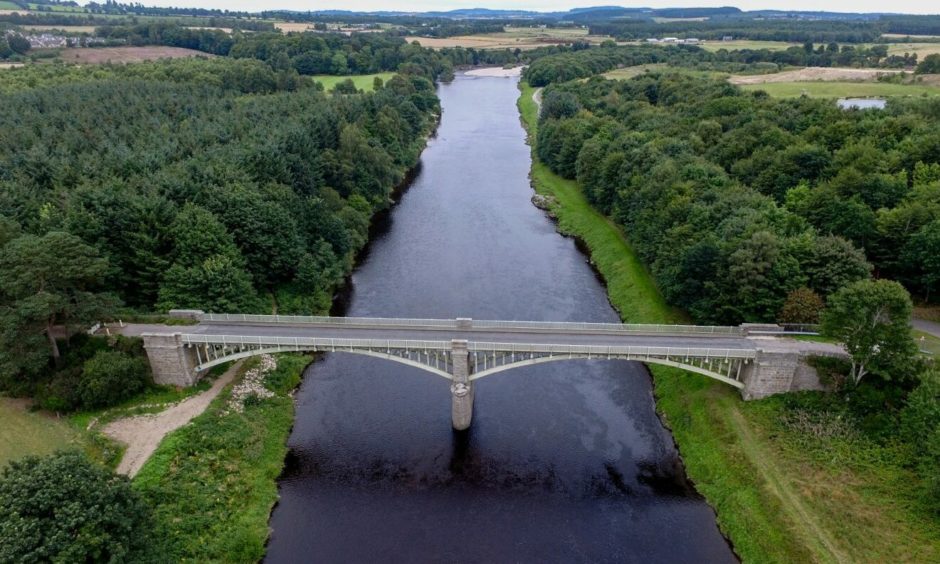
Conversation